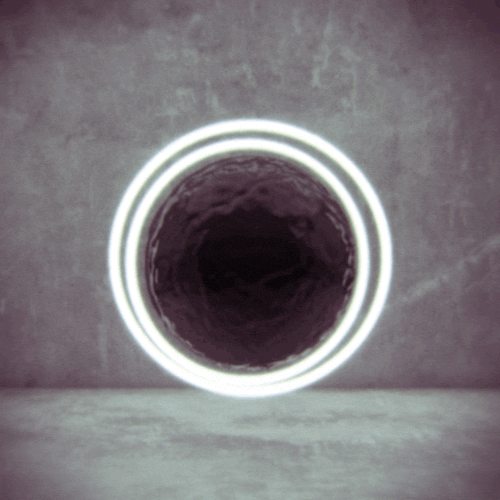Mithraic art. A search for unpublished and unidentified monuments

What is known by now as the special branch of "Mithraic Studies," grows in the international bibliography almost day by day. Thanks to the great works of F. Cumont and S. J. Vermaseren, we know the majority of the archaeological and art monuments which form the cornerstone of our present knowledge about the expansion of Mithraism and Mithraists in the Roman Empire. But the number of monuments related to Mithraism grows faster than the number of publications by the scholars who cultivate the "Mithraic Studies," and if we do not keep our eyes and ears open about what is found in excavations and what suddenly appears in the museums of the world, we are facing the danger of finding out one way or the other that our knowledge is outdated.
The small book that is now in your hands grew almost by itself in my card files and notebooks. Hoping that the group of notes could be useful to the other scholars who follow the traces of the "Fellow in the Cap," I decided to let them see the light of publication. If I am right calling the book a small honest contribution to the development study of what is called "Mithraic Art," it is possible that the colleagues who use it will excuse the few mistakes that they may find in it and draw only what is correct and helpful for their studies.
As I write these final lines, I would like to express the wish and the hope that soon it will be possible for a Second International Congress of Mithraic Studies to bring together again this unforgettable group of scholars who met in Manchester in 1971. If we want the "Mithraic Studies" to grow and new scholars to follow our paths, we must establish a way to communicate regularly among us and exchange ideas and information. Groups of scholars who work on a common subject must be able to find a way to supercede difficulties originating mostly from lack of direct communication.
Loyola University of Chicago
Al. N. Oikonomides

Comments